
A bright red freeze pop isn’t worth exposing our kids to a harmful chemical
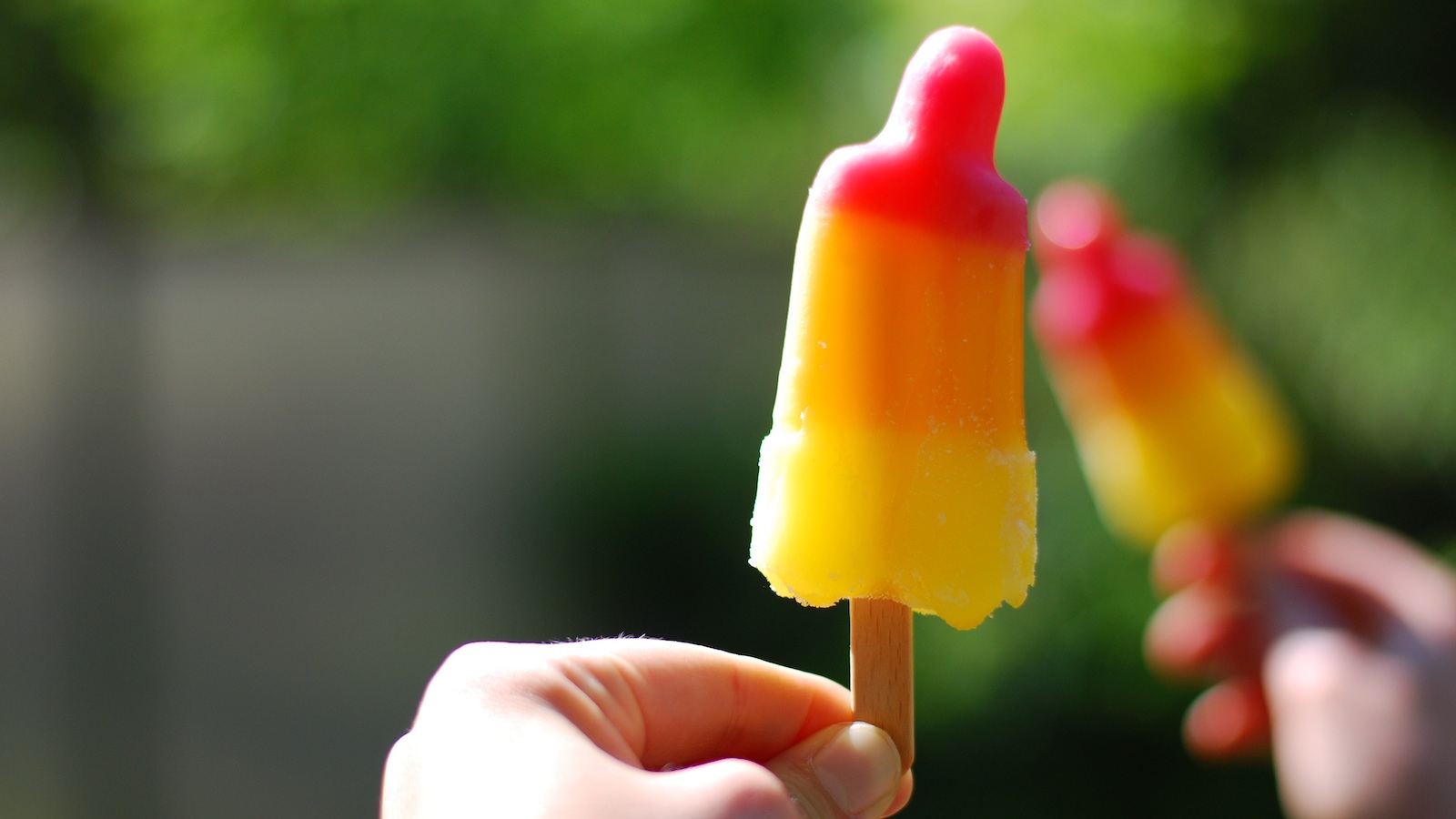
Ever heard of Red Dye No. 3, potassium bromate, or titanium dioxide? These chemicals are a mouthful, but what’s worse is that they are food ingredients linked to harmful health impacts and are added to many of our candy, cookies, and other popular foods.
Red Dye No. 3 for example is added to kid’s treats like freeze pops and strawberry milk to give them their red color, but the Food and Drug Administration (FDA) has known of a link between Red 3 and cancer in lab rat tests for decades.
We should be able to trust that the food we buy is safe, especially foods commonly given to kids.
While most of the chemicals added to food and food packaging to enhance flavor or appearance in food are likely safe to eat, there are five chemicals that are linked to harmful impacts in animals, which are:
Each of these ingredients is linked to one or more health harms in animals, including a higher risk of cancer, behavioral problems, reproductive harms, and even DNA damage, and could be hazardous to humans. Unless these ingredients are proven safe, they shouldn’t be in our food.
According to the Environmental Working Group, popular food items that contain these ingredients include “Crush Orange Soda, Mountain Dew, some Betty Crocker icings and sprinkles, and an array of Hostess snacks”.10 It’s particularly problematic that these ingredients are found in many kid’s treats, as children have lower tolerance levels than adults for chemical exposure.11
The good news is that many food companies and the European Union don’t use these harmful food chemicals, and now the California State Legislature is considering action here too.
This year CALPIRG is working to pass Assembly Bill 418 by Assemblymember Jesse Gabriel, which would protect Californians by banning these harmful chemical additives from our food.
Topics
Updates
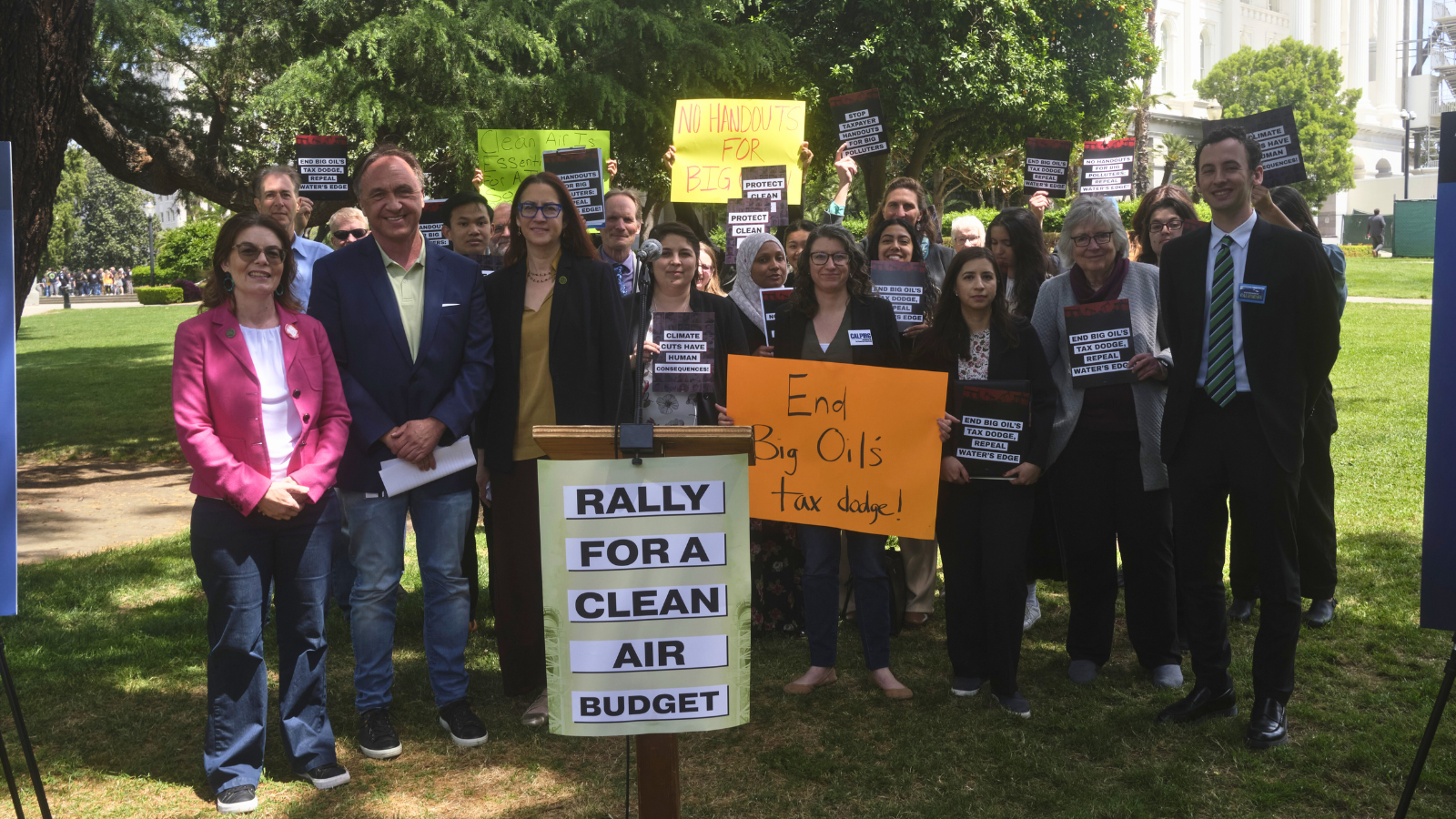
CALPIRG calls for clean air investments, cuts to oil subsidies
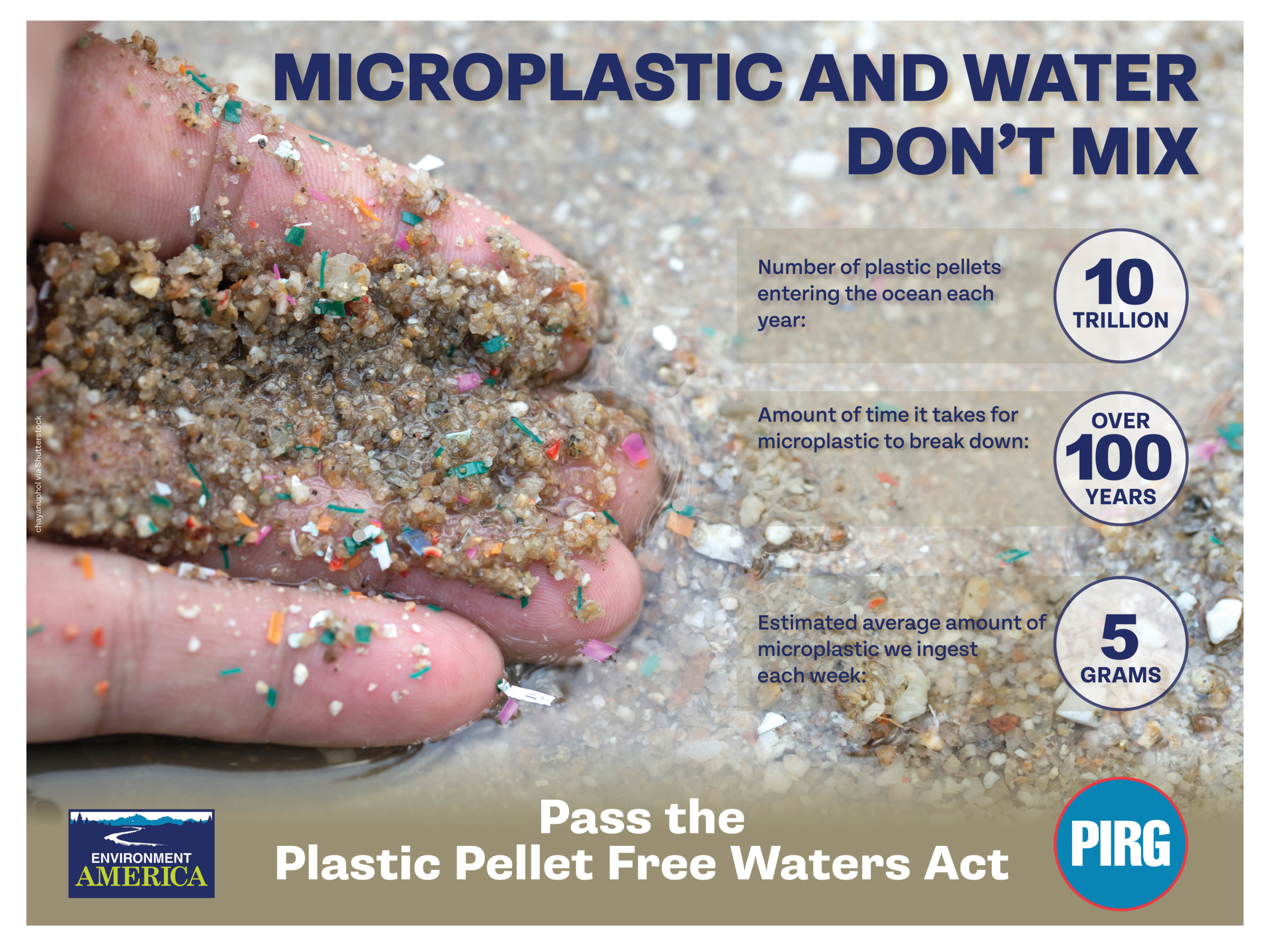
Lobby day secures bipartisan support for the Plastic Pellet Free Water Act
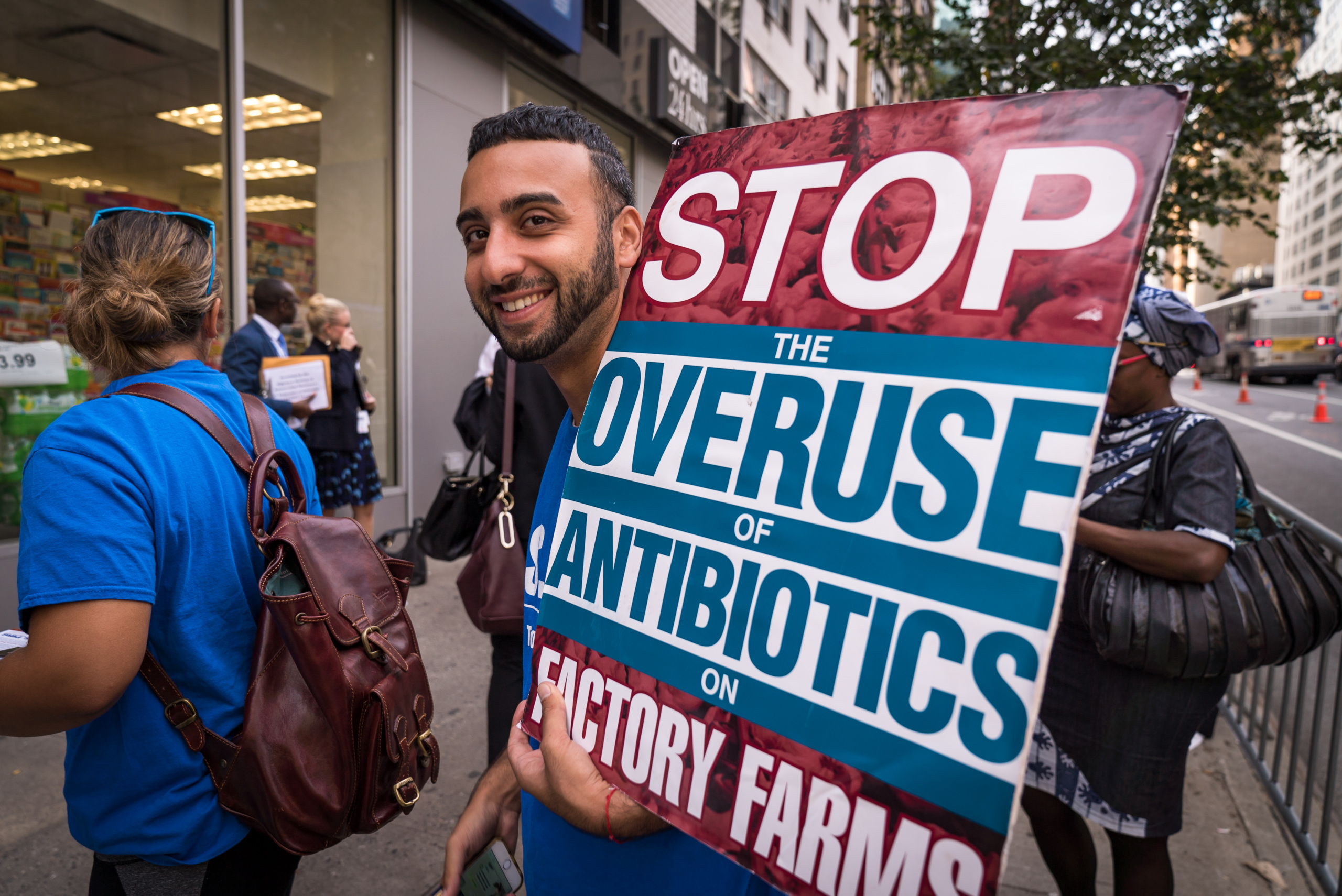
Stop The Overuse Of Antibiotics
Panera Bread backs off of no antibiotics policy
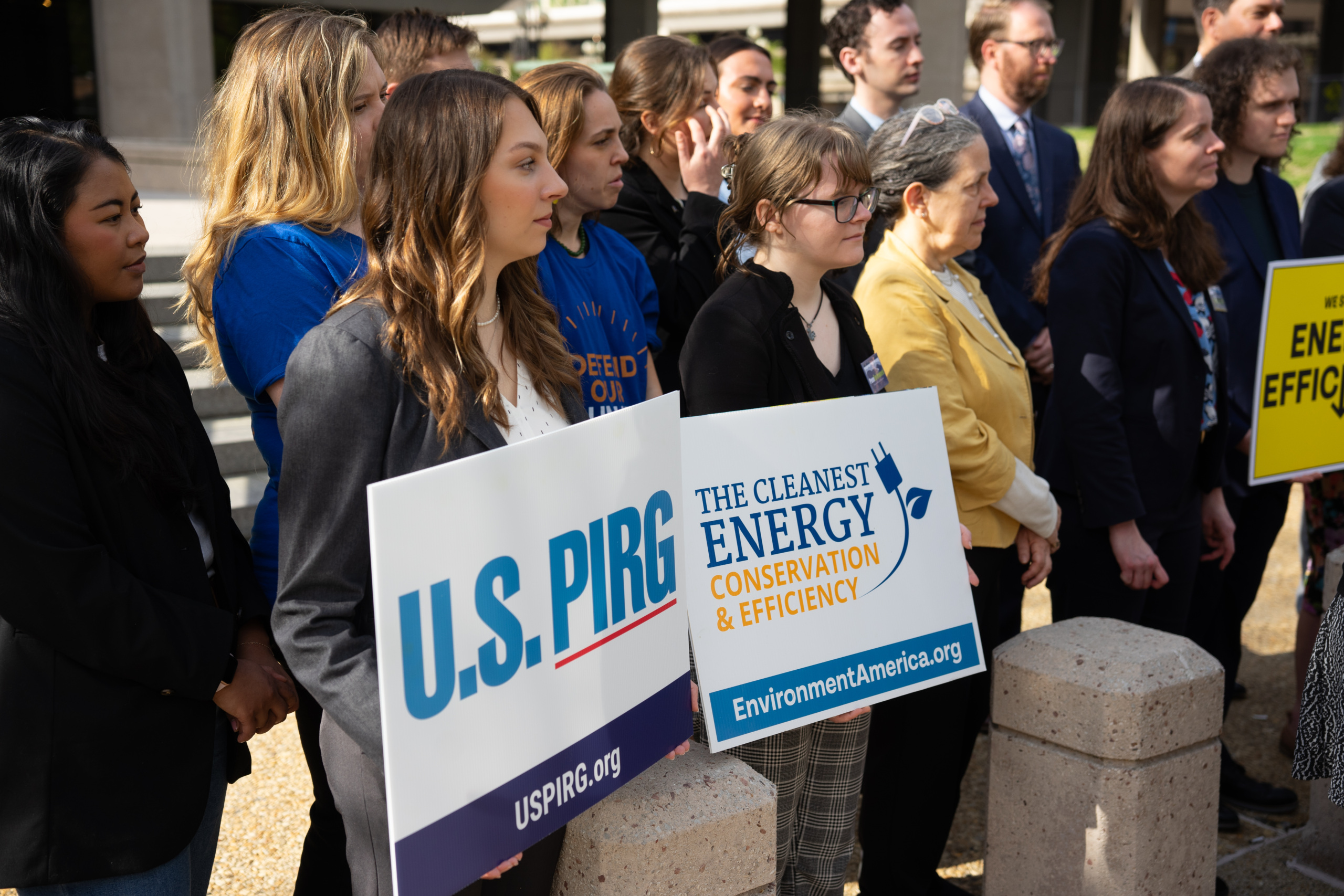
Energy Conservation & Efficiency
Groups urge Biden to ‘Finish the job’ on appliance efficiency

Energy Conservation & Efficiency